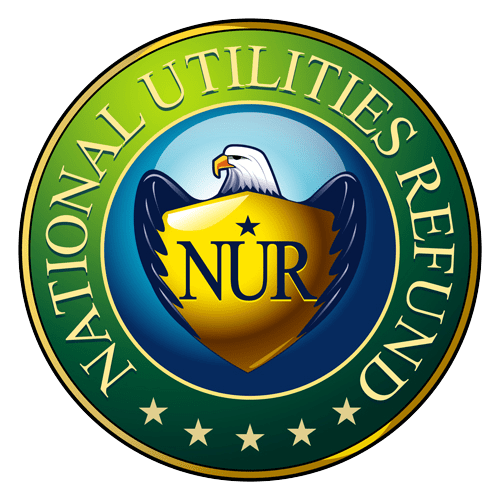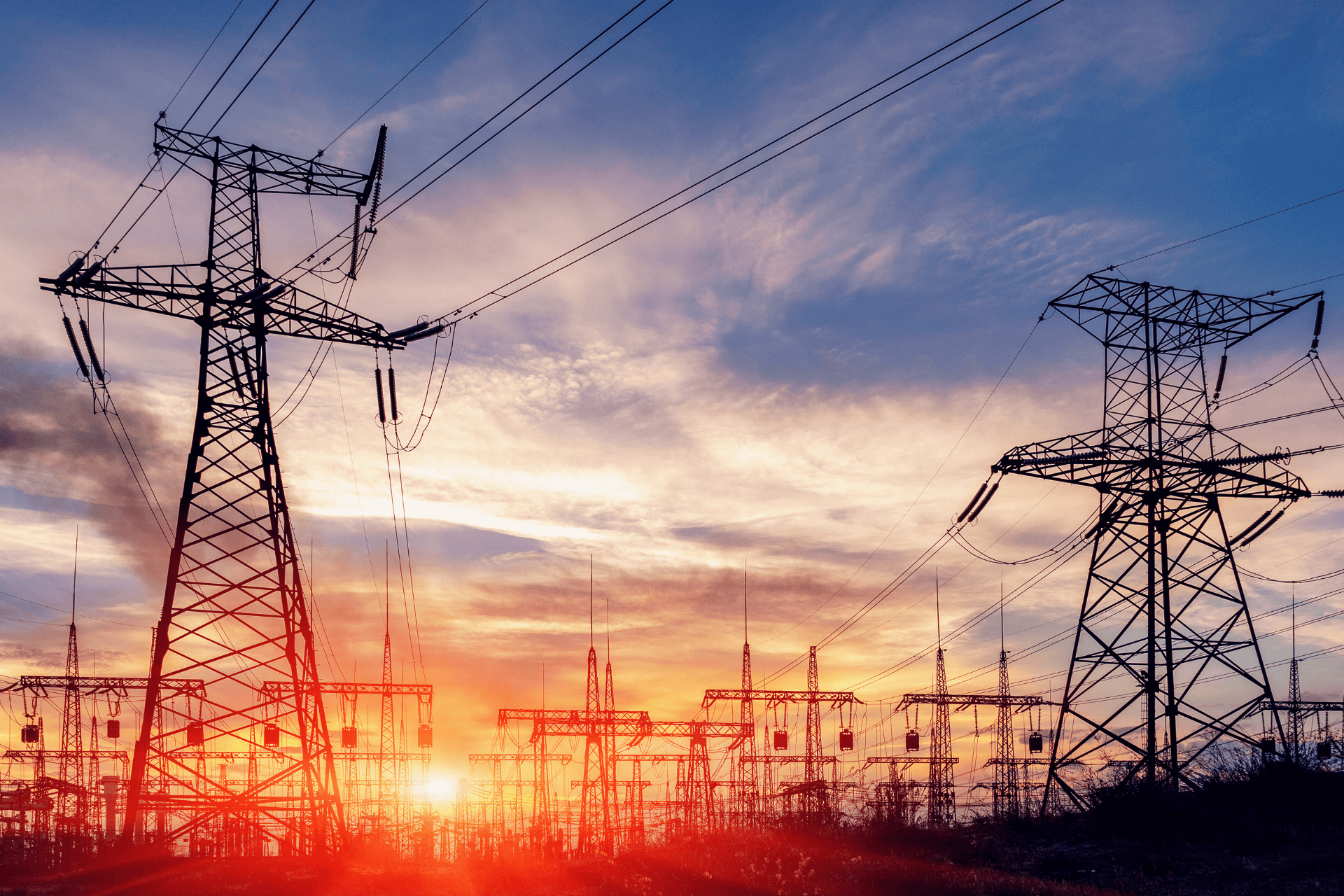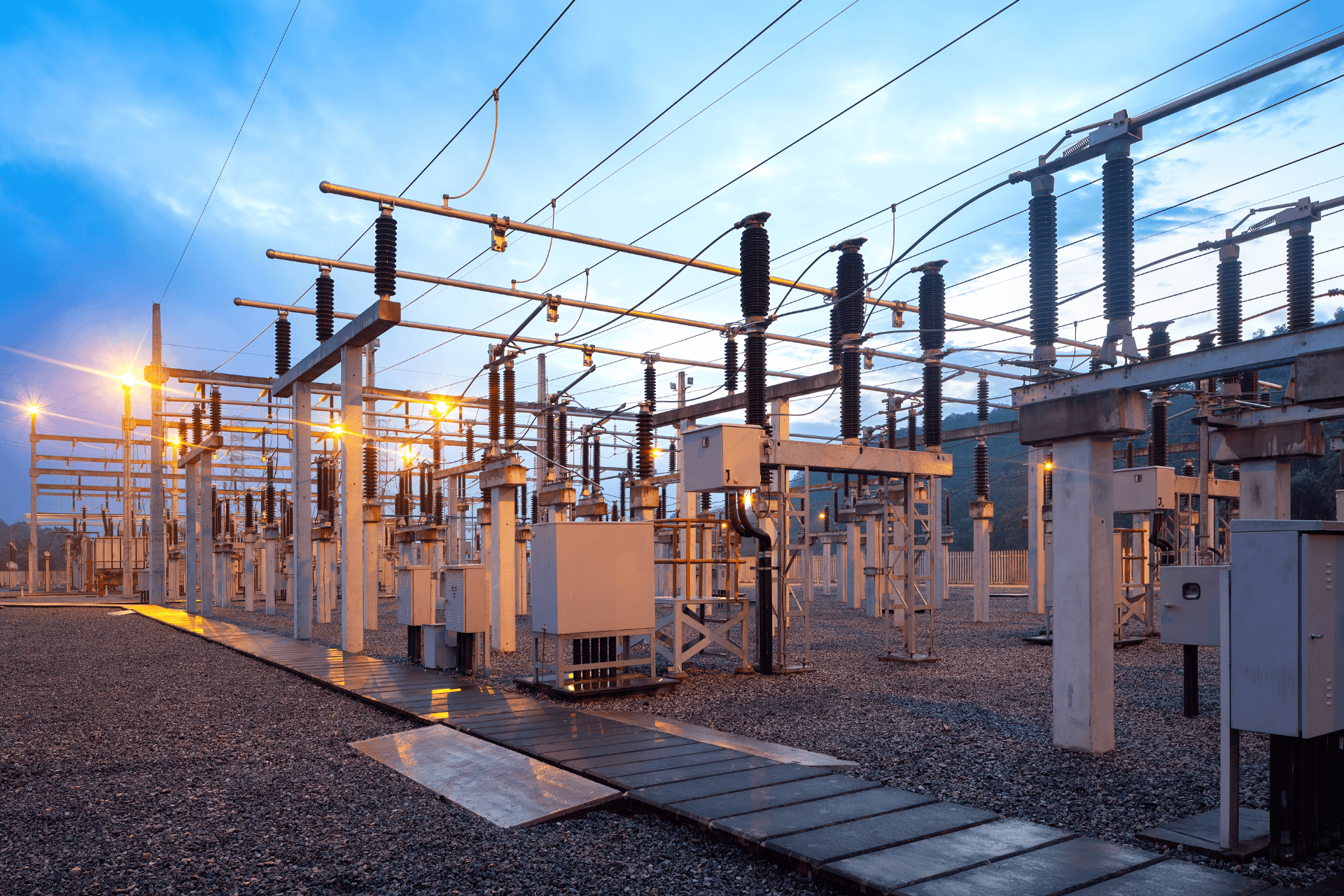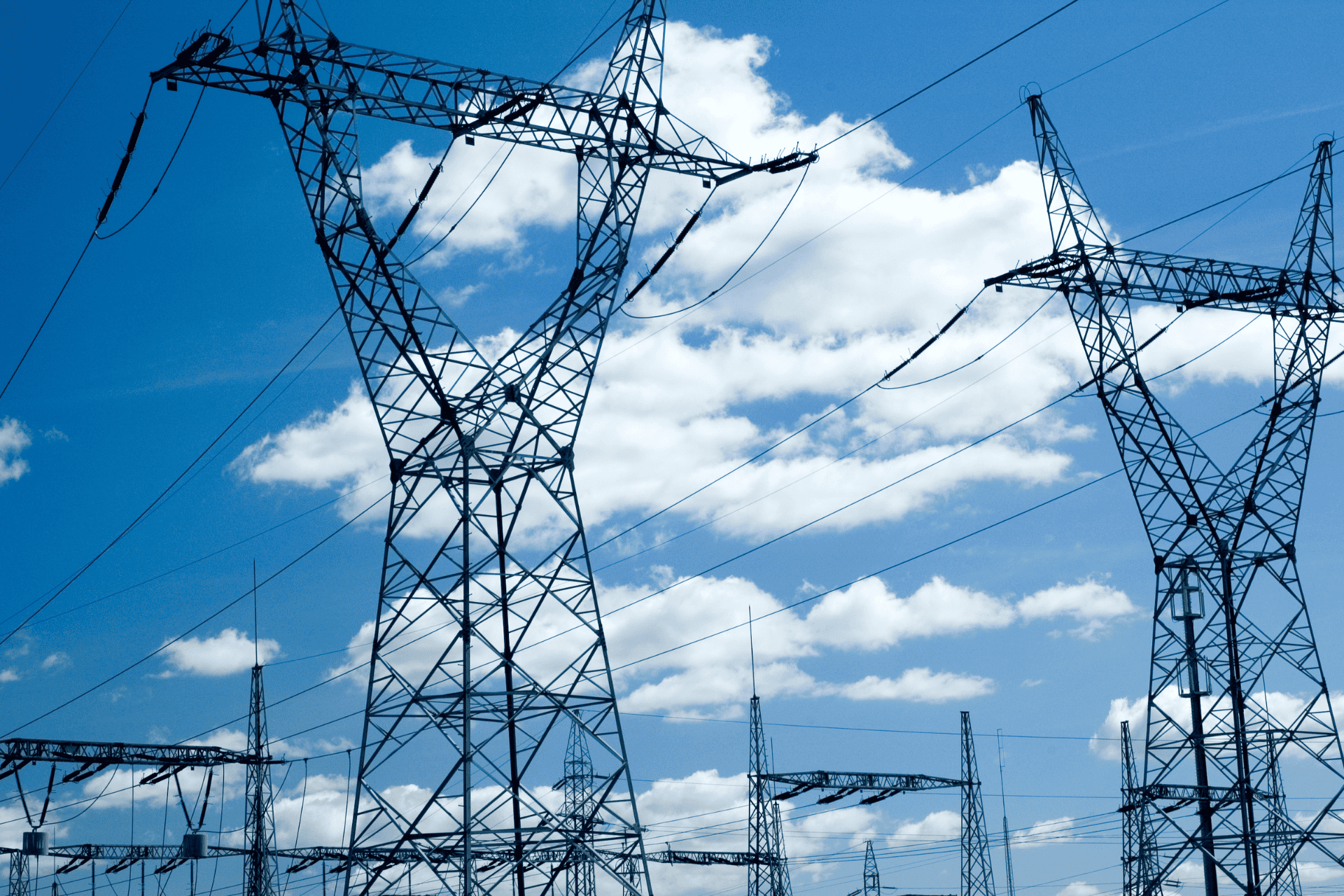Energy Demand Savings
For businesses with high energy usage, demand charges can be one of the most costly aspects of a power bill. These charges are based on peak demand periods and can lead to high expenses, even if actual energy consumption is moderate. Understanding demand charges is essential for managing and potentially reducing your monthly utility costs.
What Are Demand Charges?
Demand charges are fees based on the highest level of power drawn over a specific period, typically 15 or 30 minutes during a billing cycle. Utility companies apply these charges to ensure they can meet peak demand, but they can significantly impact your bill, especially if your business has a high peak-to-average usage ratio.
Strategies to Manage Demand Charges
Managing demand charges involves strategic energy usage, such as staggering equipment start times or using energy-intensive processes during off-peak hours. However, without a detailed understanding of your usage patterns, these strategies may fall short.
At NUR, we have a comprehensive understanding of how energy is used in buildings. We are able to match our clients up with various energy efficiency programs that can help reduce demand and even reward customers for doing so. In total, these strategies are designed to lower energy demand and expenses.
Furthermore, lowering demand can impact other areas of your electric bill – such as capacity costs, which are part of your energy supply contract. For businesses located within the PJM territory, lowering demand can have a great impact due to the recent increase in PJM capacity prices.
Get Expert Help with NUR
At National Utilities Refund, we analyze demand charges as part of our utility bill audits and energy efficiency strategies. By examining peak usage data, we identify potential adjustments that could lower your demand charges. Contact NUR for a free utility bill analysis and start managing your demand charges more effectively.




